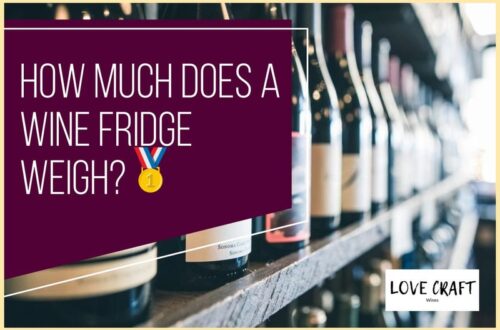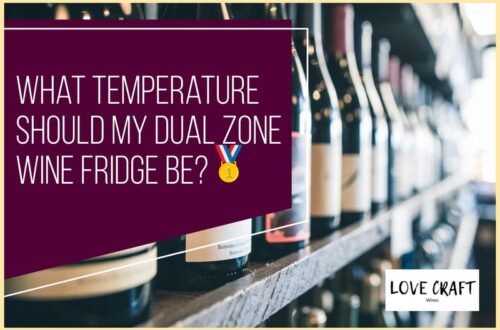In this article, we’re going to be discussing how cold a should be, for it to adequately store your collection.
Whether you have different types of , white , rose and even chardonnay, we’ll be touching on the optimal settings that you’ll need for each variety.
So, without further ado, let’s talk temperatures.
Table of Contents
How Cold Should A Be?
As you may have gathered, different varieties of have differing requirements.
This differs from the ‘s , which isn’t as cold, and obviously dramatically differs from .
We’ve included all of the settings directly below:
Storage Temp: ~45 degrees
- Rose
- Pinot Grigio
Storage Temp: Between 50 & 55 degrees
- Chardonnay
Storage Temp: Between 55 & 60 degrees
- Merlot
- Malbec
- Zinfandel
- Port
FAQs
Below we’ve addressed some of the most frequently asked questions that we get in relation to the cooling of a .
What Type of is Best?
This is an interesting question, because there are several different types of available.
For extensive information on the topic, we highly recommend reading our guide on how to choose a .
However, let’s briefly talk about some of the main types, and the advantages/disadvantages in relation to their ability to cool.
- thermoelectric
- compressor
- built in
- freestanding
- countertop
- or
Thermoelectric
These units are a lot smaller in size due to their more limited cooling ability. However, due to the minimal amount of internal moving parts, it means they operate very quietly and provide near to no vibrations. A benefit here is that your is stored at a nearer to the .
Their cooling systems use the Peltier Effect to adequately cool wine bottles, which you can read more about in the linked-to educational article guide.
Compressor
Slightly louder than a thermoelectric cooling system, compressor coolers are more powerful and this subsequently means that the range of these units is a lot wider. They are capable of cooling to much lower temperatures, and thus are more ideal for those who want the capability to store full-bodied white wines, alongside other types which they may prefer to be chilled at a lower .
Dual zone
A is a unit that has 2 separate cooling zones. Their and can be controlled independently through the addition of 2 thermostats. This means that can be programmed for when different types of are being cooled within each zone.
A is simply a unit that has one cooling compartment. Therefore, all of the which is stored within this zone is cooled at the same . This can cause limitations if you’re a with wines of multiple grape varieties.
Built in
A built-in is a unit that usually has front-facing vents, and therefore it can be placed in locations with limited space around the sides and back, such as within a or under-counter, without detracting from airflow.
Equally, it can be quite easily positioned in a freestanding position, within a kitchen, or bar setting.
Freestanding
A freestanding will usually have back or side-facing vents, and therefore they require positioning in an open space/environment, so that airflow is not compromised. Otherwise, the internal compressor will begin to overheat, meaning it won’t be able to maintain an and the system could eventually malfunction.
Countertop
A countertop is a smaller type of unit, and as you can expect, usually placed on counter tops. It obviously has a smaller , but is perfect for those who don’t necessarily have the room for a large .
Regular
A generally isn’t the best option for chilling your at the optimal . However, it’s fine for the casual drinker who just wants to store the odd of or two, for a short period of time.
or
Finally, coolers and mini-fridges are also not the most ideal choice of . Instead, they can be used as a stop-gap for casual drinkers if there are no other options at hand.
Do All Wines Need Cooling?
No, there are plenty of vintage red wines which don’t require cooling in a . Instead, they’ll do fine being kept on a , in a which is cooled using a cooling system.
This will help in a favourable way, so that it stays fresh and great-tasting.
Conclusion
As a or , we’d highly recommend choosing a that is powered by a compressor. This is because it’s more versatile in both its range and the ability to be able to get them in a wide range of capacities.
Not only this, but they’re less likely to experience issues, and therefore will stay at their setting.






